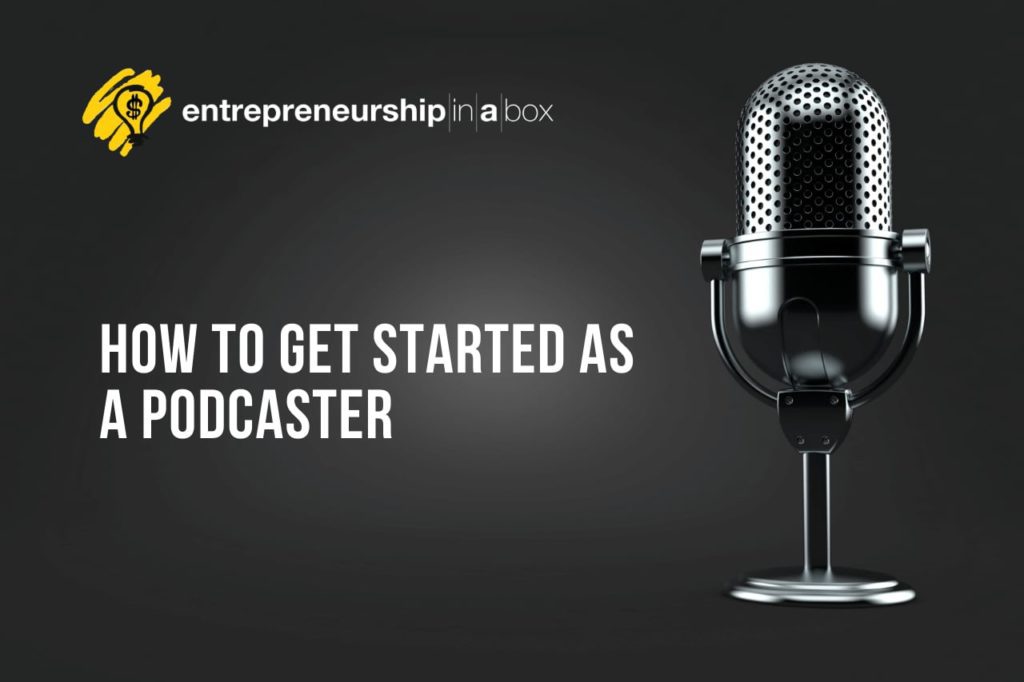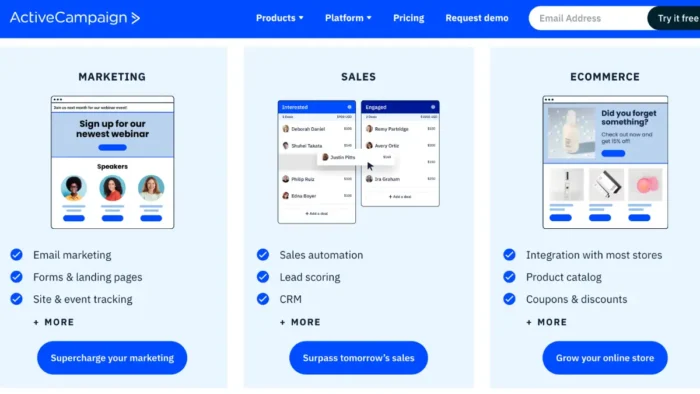Podcasting is the most convenient way to distribute audio files through the internet. These are audio files that your subscribers can download from the cloud in an MP3 format. Once these files are downloaded, you can listen to them anywhere and it makes it more convenient with smartphones nowadays.
Podcasting is also a great way to broaden your business reach through an effective content marketing strategy. Creating your very first podcast is easy. You don’t need to be techy, and you don’t need a lot of money to start podcasting or learn the ins and outs of it. Here’s how to start podcasting like a pro.
How To Become A Podcaster?
Becoming a podcaster is easier, and there are several steps to follow to become efficient and successful in this field. Before launching your very first live or recorded podcast, You will need a streaming mic that allows you to become an expert podcaster. Podcasting requires high-quality microphones, which eliminates background noise and improves audio clarity and frequency.
Having this easy-to-follow walkthrough will help you get familiar with the process of effective podcasting and broaden your marketing strategy. Podcasting is effective due to its fundamental approach:
It offers flexible delivery
Podcasters provide a flexible approach for their listeners. Either you listen to it via live streaming or download the materials. You can easily copy and transfer it on any portable devices like mobile phones and iPods to listen to it anytime and anywhere.
Once you download the files, you can listen to them offline. Thus podcasts are great materials that offer flexible learning resources for everyone.
It’s cheap and easy.
Podcasting offers convenience and a straightforward approach to creating one. You can produce audio files using free software and cheap hardware that won’t cost you hundreds of bucks, depending on your style and preference.
Using audio files as your educational medium
Podcasting provides a new approach to using audio files for modern teaching and learning. While audio files can prose challenge as an effective medium for teaching, the number of podcast listeners is growing each year.
Step By Step Guide On How To Start Podcasting
Since podcasting offers a competitive space and is less crowded than creating blogs, the best time to start podcasting is now. Here’s your complete guide on how to become an effective podcaster:
Choose a concept
Before you start recording, editing, and launching your podcasts, you’ll need to plan ahead of time. That includes deciding what niche or topic you’ll teach. Narrow down your ideas so you can talk about them per episode and reach your target audience.
Talk about the specific niche and expand it moving forward. You can pick a partner or co-host if you want to make conversations easier and help you share ideas from a different point of view. Next, to decide on the name. You can be specific, descriptive or go random.
Showing your format from length to style is vital. Some podcasts can be as quick as five minutes, while others take hours, which can sometimes bore your listeners. Try various approaches to engage your listeners.
Design your artwork and create a brand description
Next is preparation. Work with your cover art to build up your first impression, which allows listeners to identify you among the crowd easily. Various written articles give you an excellent overview of how to design your podcast cover art effectively.
Creating the brand description is vital for you to reach your target audience easily. That way, your brand stands out when people are searching for a specific niche.
Getting an expert intro is optional and based on your budget. Using a third-party to introduce you helps you stand out when starting with your podcasting journey. Select your music intro and invest in a high-quality microphone.
The quality of your audio matters the most with podcasting. Opt to include guests on your podcast as if you’re doing interviews. List down potential guests and try to reach out to them as soon as possible.
Record your audio and edit them
Recording and editing your files can be a complex part, especially if you haven’t tried any editing tools before. With audio production full of complex jargon, find software that offers ease of use and less confusion, especially with the techy parts.
There is plenty of software that is ideal for newcomers in podcasting. You’ll need to upload your audio recording and work on your tools to edit your files.
Search for the best place to launch your files
Once you are done editing your files and are ready to go live or download, find the best hosting service to meet your intricate demand. You can also check for the most effective platform to launch podcasts.
After deciding on the right hosting service, you’re ready to process and upload your episodes. When uploading, you’ll need to provide several pieces of information, including episode title, summary, descriptions, episode number, and publish date.
Save your templates and repeat until all episodes are uploaded.
Syndicate audio files to RSS feed
Syndicating your audio files into RSS feeds enables you to distribute them on various platforms aside from Apple Podcasts. You can also submit your RSS feeds to various podcast directories.
Once you upload new episodes, your chosen hosting service will instantly update RSS feeds and other podcast directories you are listed. Don’t forget to generate video teasers and share them for everyone to know.
Conclusion
Launching your podcasts is just the start. To grow your audience and make the show more appealing, you need to create a website, check for transcriptions, build your show notes, and embed every episode. All of these help you broaden your audience and be successful in no time.



